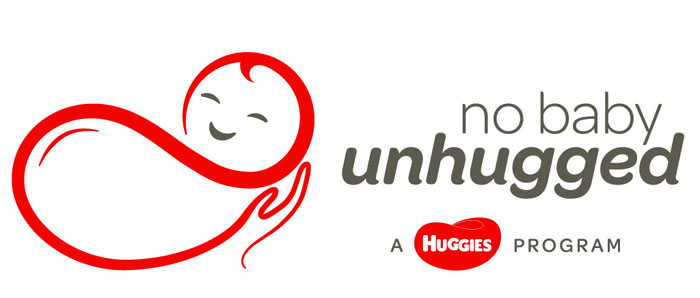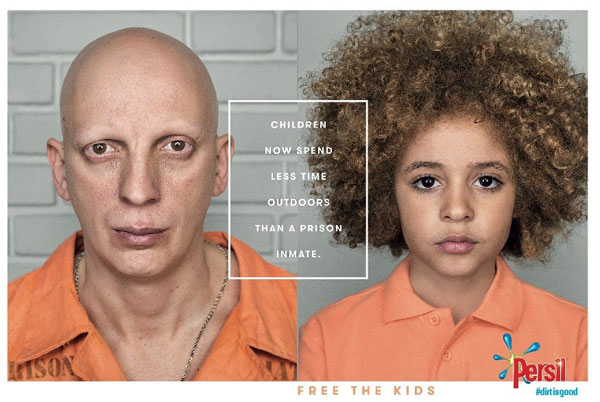BEST OF 2017 OPINION: Following the announcement of the WARC Awards shortlist for the Best Use of Brand Purpose, Lucy Aitken revealed some of the feedback from judges about what qualifies as purpose.
Throughout the judging process in this category so far, there have been some fascinating discussions with the eminent judging panel in the Best Use of Brand Purpose category, chaired by former P&G CMO Jim Stengel. Early on in the process, one judge, Sam Conniff Allende, founder and chief purpose officer, Livity said: "The risk of 'purpose' is that's it's seen as vague, nice to have or hard to define. The opportunity is to categorically prove its effectiveness when held rigorously to account and, in so doing, inspire stronger commitments to meaningful work."
This is certainly our intention with this category. In a What We Know About piece published on WARC.com in December 2016, we defined brand purpose, quite simply, as "a reason for a brand to exist beyond making profit." When it's done well, a brand identifies a purpose that relates to its core product or service that not only puts it at an advantage commercially but it also benefits a broader community who may – or may not – be consumers of the brand.
So for the purposes of clarity, it's helpful to also spell out what brand purpose isn't.
It isn't tactical marketing
Judges in the Best Use of Brand Purpose category have so far agreed that they want to see evidence of a brand committing to a purpose, not just carrying off a one-off-stunt. If a brand is supporting a particular purpose, they should be in it for the long term: a tactical marketing campaigns is not the same as a brand purpose campaign.
Feedback from Asad Rehman, Director, Media, North Africa & Middle East, Unilever, the chair of the judges in another awards scheme we are running right now, the WARC Prize for MENA Strategy, echoes this sentiment. He emailed me this week with his view on the papers he had read: "There were some brilliant examples of some strategic thinking on ‘brands with a purpose' but then brought to life in one-off short campaigns, without a long term commitment or impact demonstrated."
It isn't a campaign for a charity
Purpose is baked into what charities do - Save The Children isn't up all night fretting about what its brand purpose is. There are some highly laudable campaigns from charities that have been shortlisted in this category. However, the judges who have discussed the shortlisted papers so far agree that it is will be hard for those campaigns to progress in the competition because the criteria for judging are centred around brands using purpose for commercial and societal benefit. Although these charity campaigns are hard-hitting and tug at the heart-strings, they aren't product-led initiatives that are using purpose to achieve a business and societal benefit.
It isn't a retro-fitted argument
Judges can tell when a case study suddenly acquires a purpose angle to suit a specific set of criteria. If it wasn't there at the beginning, judges will know.
It isn't CSR
There is a time and a place for CSR. However, it doesn't qualify as brand purpose as it tends not to relate back to the product or be related to profit-generation. For instance, if Toyota employees painted a school as a way of donating their time, energy and resources to their local community that's a worthy CSR initiative. But it doesn't say much that is meaningful about Toyota.
It isn't philanthropy
Generous donations of money on the part of corporations to help people in need are indisputably a good thing. However, philanthropy is not the same as brand purpose.
And a few words on what brand purpose is
Brand purpose is not the exclusive preserve of organisations with large brand portfolios like Unilever, P&G and Kimberly-Clark – all of whom have a presence on this year's WARC Awards Best Use of Brand Purpose shortlist. However, those companies often put in place sophisticated metrics that demonstrate effectiveness, hence one reason why they tend to be such popular examples for showing successful brand purpose initiatives.

These brands that have a higher purpose include: Lifebuoy (promoting hand hygiene to help save lives), Ariel (encouraging gender equality), Kotex (smashing the taboos around periods), Huggies (No Baby Left Unhugged), Surf (Dirt is Good), Persil (Free the Kids).

These brands are saying something very clear about themselves, as well as successfully differentiating in cluttered marketplaces where stand-out is challenging. Their purpose imbues the brand with a reason for being that makes it more than just a lump of soap or a detergent powder – it becomes a vocal force for change with a clear mission. These case studies demonstrate that purpose can help build a more emotional relationship between a brand and its consumer which boosts both sales and loyalty.
And showing that it is has been effective is paramount. One judge railed against the use of ‘ignited the conversation' as a bona fide result. Maria Garrido, Global Chief Insights & Analytics Officer, Havas Group, said plainly: "If you're going to take on a cause you need to show what the impact is." More robust results reporting – including any evidence that can show how your purpose-led campaign helped to shift change – particularly behavioural change – goes a long way.
In 2018
While we are starting to see evidence of how purpose is moving the needle from a business point of view, the next step for this category in 2018 will be to introduce a metric that assesses how well the brand purpose delivered on its higher objectives.
How many men are now doing more domestic chores in India as a result of Share The Load? To what extent has Kotex helped smash the taboos around periods? And this is where it will get really interesting. So if you don't yet measure how your brand purpose performs in this context, then the message from our judges is that it's time to give it more consideration.

